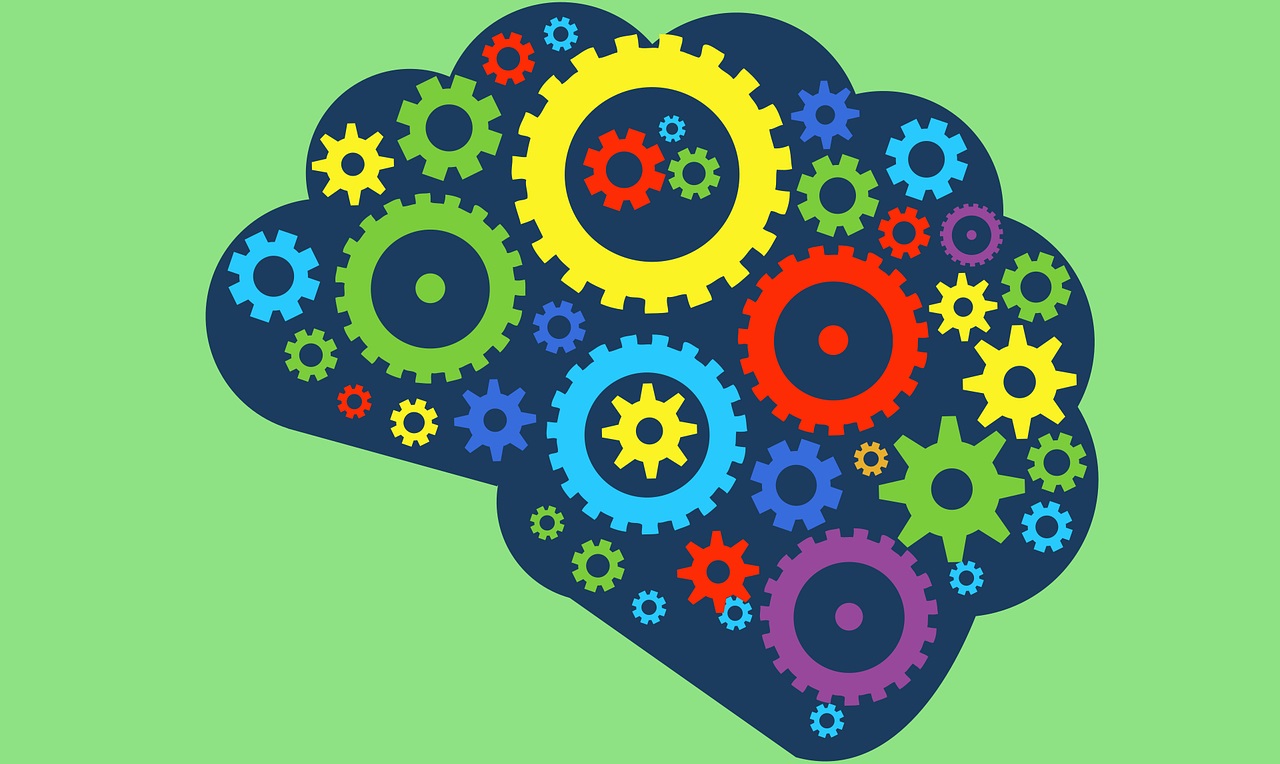For Neurodiversity Celebration Week, today’s guest blog visits what we know and what we don’t know about neurodiversity in HE engineering.
Prof Beverley Gibbs PhD CEng FIET is Director of the Dyson Institute of Engineering and Technology
When we talk about neurodiversity we’re acknowledging that there are innate differences in the way that humans think, learn, process information, and communicate. Some individuals have ‘spikier’ – less consistent – profiles of executive functions such as verbal skills, working memory, visual skills and processing speed. Just as a biodiversity supports a thriving ecosystem, support for inclusion and flourishing of neurodiverse people benefits society.
When we talk about neurodiversity we are usually talking about developmental conditions such as dyslexia, dyscalculia, dyspraxia, Tourette syndrome, autism, and ADHD. But, we may also be considering acquired neurodiversity through, for example, traumatic brain injury.
So, do we know how many neurodiverse students we have on engineering courses?
No, we don’t. We do know that the prevalence of each of these conditions in the general population varies up to about 10%. Some are more frequent than others, and overall – combined – around 15-20% of adults are thought to be what we would call neurodiverse. However, HE students are not the general population. And the university student population – across all subjects – shows, for example, elevated levels of ADHD and autism – 15% vs a general population level of maybe 5%.
And what about engineering?
Well, we have good reason to believe that the engineering workforce has higher proportions of neurodiverse individuals. Dyslexia is thought to be 3 x more prevalent amongst engineers than in the general population (30 vs 10%). Engineers are most likely to suffer from the symptoms of autism-related disorders than any other profession.
Pro rata, there could be 12-15,000 neurodiverse students entering UK engineering courses every year, but we don’t have a reliable number. Twenty years ago in the US, neurodiverse students were under-represented in engineering education, with the vast majority of students studying other subjects (3% ADHD students, 5% autistic). Have things changed in the last 20 years and if so what has driven that? IS the UK a different context to the US? Or are changes to diagnosis revealing a population that was already there? We don’t really know.
Do engineering students thrive?
A growing body of literature highlights the range of strengths that neurodiverse individuals bring can be particularly valuable in engineering: divergent thinking, risk-taking, three dimensional visualisation skills, pattern identification, systems thinking. So pronounced are these strengths that some companies have evolved to deliberately hiring neurominorities as a talent strategy rather than a social responsibility project.
Despite these strengths, some US studies show that rates of recruitment and retention of neurodivergent students has historically been low, but we don’t have a systematic understanding of what the contemporary experience of UK engineering students is.
How do we support neurodiverse engineering students?
Well, what we know is that this spiky profile of cognitive function I talked about earlier brings challenges. Information overload, sensory experiences and social life can be real challenges, but we are still working out what that means in engineering HE. We also know that if you’re – say – dyslexic, you’re not the same as the next person who is dyslexic.
In the UK, if we rely on capturing this data in disability declarations, at the broadest level we know that those declaring a disability are under-represented in engineering. But, of those who do declare a disability, ASD and learning difficulties are overrepresented in engineering, but still far smaller than the arts, languages and humanities.
Some people experience or consider these differences as disabilities, some do not. And sometimes, even if you don’t consider yourself disabled, the easiest way to get accommodations or particular support is to pursue a process that treats you as if you have a disability. This isn’t simply a matter of pragmatism. We’ve seen that traditional pedagogical methods and accommodations that reinforce the idea of disability or weakness are not environments in which neurodiverse students have thrived.
As educators, do we really understand the implications of our mental model – and the model of our university environment – being strength-based, vs one of accommodation and accessibility? Which models most benefit student confidence, sense of belonging, and access to support?
So, I’ve dipped a foot in the difficult waters of what we do and don’t know about the prevalence of conditions associated with neurodiversity, their presence in engineering, and the challenges of effectively supporting students in an HE context. Let’s explore these questions and many others together.
References
Chrysochoou, M., Zaghi, A. E., & Syharat, C. M. (2022, November). Reframing neurodiversity in engineering education. In Frontiers in Education (Vol. 7, p. 995865). Frontiers.
Clouder, L., Karakus, M., Cinotti, A., Ferreyra, M. V., Fierros, G. A., & Rojo, P. (2020). Neurodiversity in higher education: a narrative synthesis. Higher Education, 80(4), 757-778.
Doyle, N. (2020). Neurodiversity at work: a biopsychosocial model and the impact on working adults. British Medical Bulletin, 135(1), 108.
IMechE (2104) University of Cambridge test shows engineers are most autistic profession. Institution of Mechanical Engineers, 22 April 2014. Available online at https://www.imeche.org/news/news-article/engineers-score-highly-in-autism-quiz-220414-1
Nuske, A., Rillotta, F., Bellon, M., & Richdale, A. (2019). Transition to higher education for students with autism: A systematic literature review. Journal of Diversity in Higher Education, 12(3), 280.
Syharat, C., Hain, A., & E Zaghi, A. (2020, June). Diversifying the Engineering Pipeline through Early Engagement of Neurodiverse Learners. In 2020 ASEE Virtual Annual Conference.




